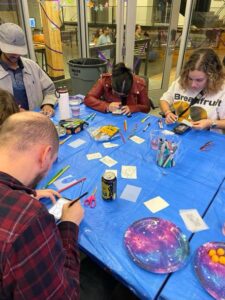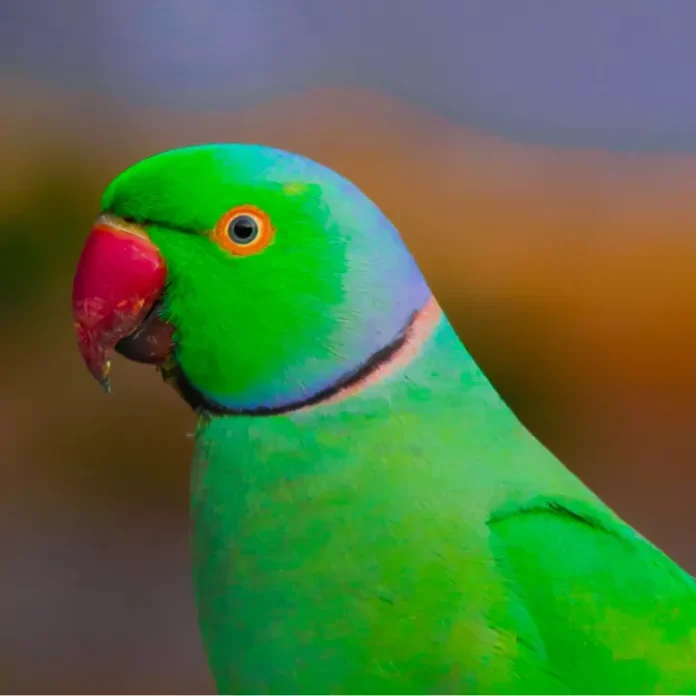
Every year in March, Georgia Tech hosts Science and Engineering Day in association with the Atlanta Science Festival on campus to provide hands-on science-related activities for all ages in the metro Atlanta area. The entire day is packed with events placed all around campus, where different campus clubs and organizations provide activities in different clusters of science. This year, our StemCommVIP hosted an event called STEM AFTER DARK, where we had various space-themed activities set in and around the Kendeda building for people to engage in. For the event, my team and I wanted to create an event where we would be able to have an interactive event where everyone could create something. In our pre-planning stages, we wanted to have an activity that was interactive and innovative enough so that participants could get a keepsake from the event. After much discussion and planning out the materials that we needed, my team settled on a shrink-dinks activity station, where participants could sketch and draw onto a thin piece of plastic paper that would later be heated up and shrink down to smaller pieces of thicker plastic. For our event, participants could create planet- and space-themed keychains and pins from either the templates we provided or from their own imagination.

I remember being so fascinated with this activity because it was really cool to see the process of the plastic shrinking in size. The Shrink Dinks are essentially just sheets of polystyrene plastic. Polystyrene plastics are just chains of repeating units of styrene molecules and when the plastic is heated up, the molecules begin to vibrate more vigorously, causing the chains to loosen up and move apart from each other. As the plastic is heated up further, it first shrinks down and then it reaches a temperature when the material becomes soft and pliable so that the plastic can be molded and shaped. To return the plastic back to its same rigid consistency, decrease the temperature, and let the heat die down, the chains settle back into their hard ridged shape as the chains have less energy to release. This expanding and shrinking process can be seen in thermal expansions. As the plastic heats up the molecules move apart as well, expand slightly, and then shrink again due to the loss of heat.
Our activity at the event was a huge success, there were constantly people going in and coming out and being extremely excited to get a key chain. At the events, my team had posters explaining the thermodynamic process that the keychains went through and everyone got to see their keychains shrink when it came to their turn. There were so many people have made so many space-themed keychains, and so many people went beyond that and made them cute and personalized ones as well. It was a great event to be a part of and my team was great in making the event a success.
References:
Beese, J., & Helfer, C. (2014). Polymer family night: The science behind the fun. Science Scope, 37(8), 37.
Space shrinky dinks. The Discovery. (2019, October 2). https://nvdm.org/event/space-shrinky-dinks-2019-10-09/
University, C. M. (n.d.). Shrinky dinks – gelfand center – carnegie Mellon University. Shrinky Dinks – Gelfand Center – Carnegie Mellon University. https://www.cmu.edu/gelfand/lgc-educational-media/polymers/molecular-rearrangement/shrinky-dinks.html


